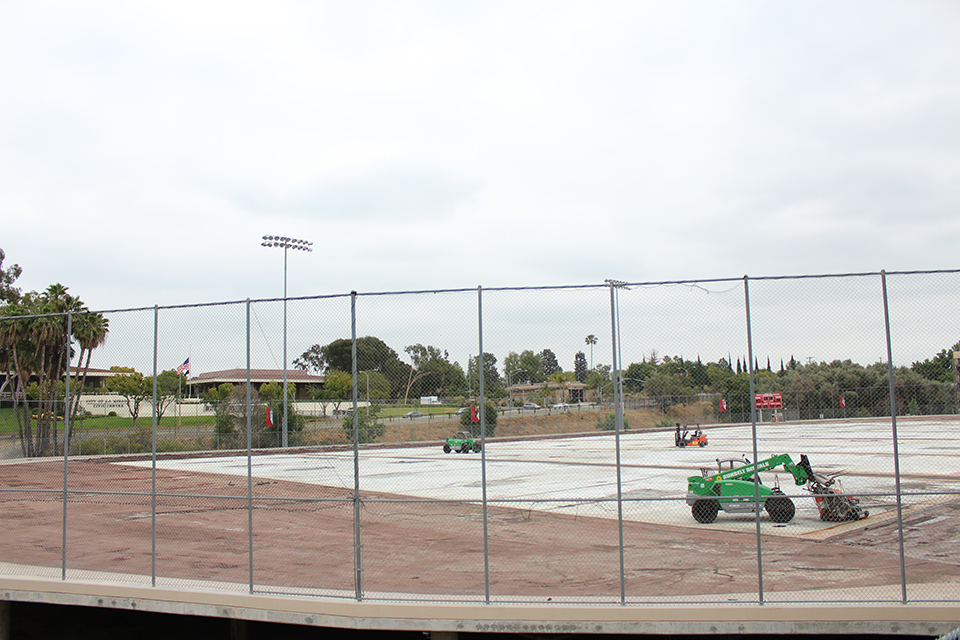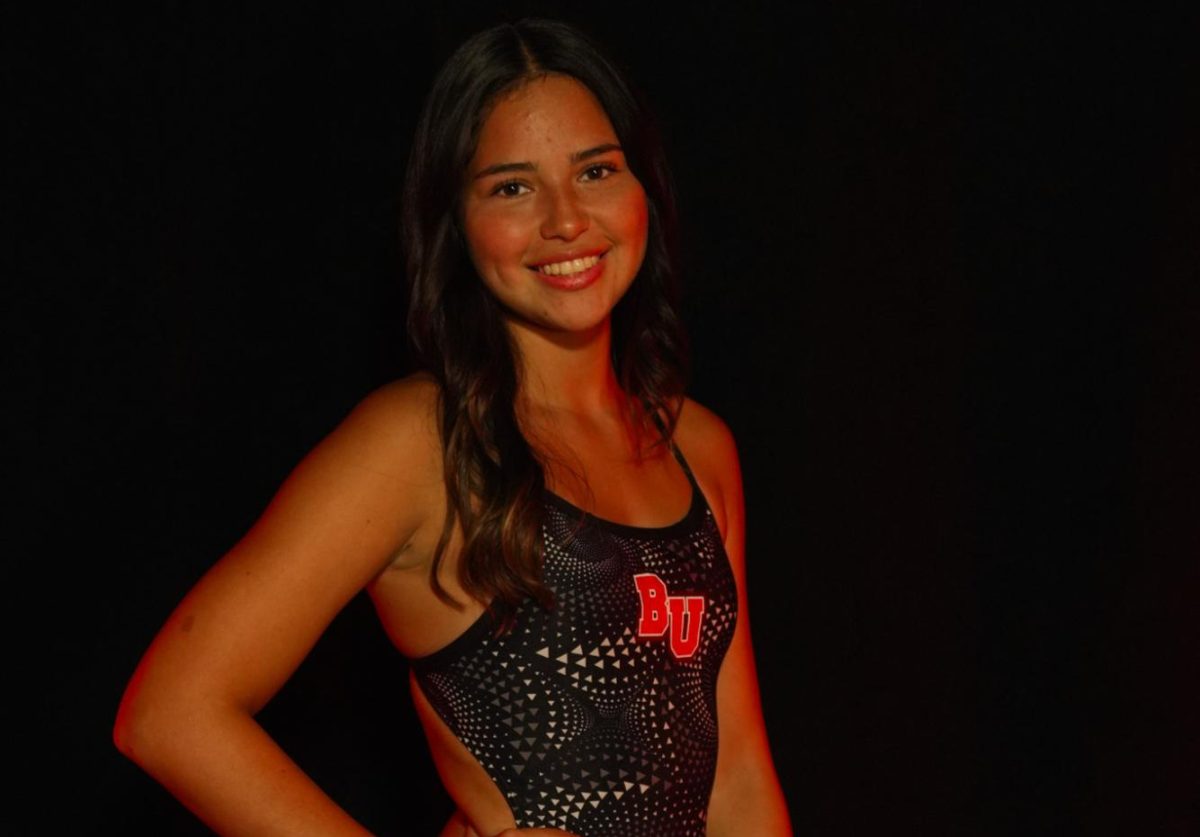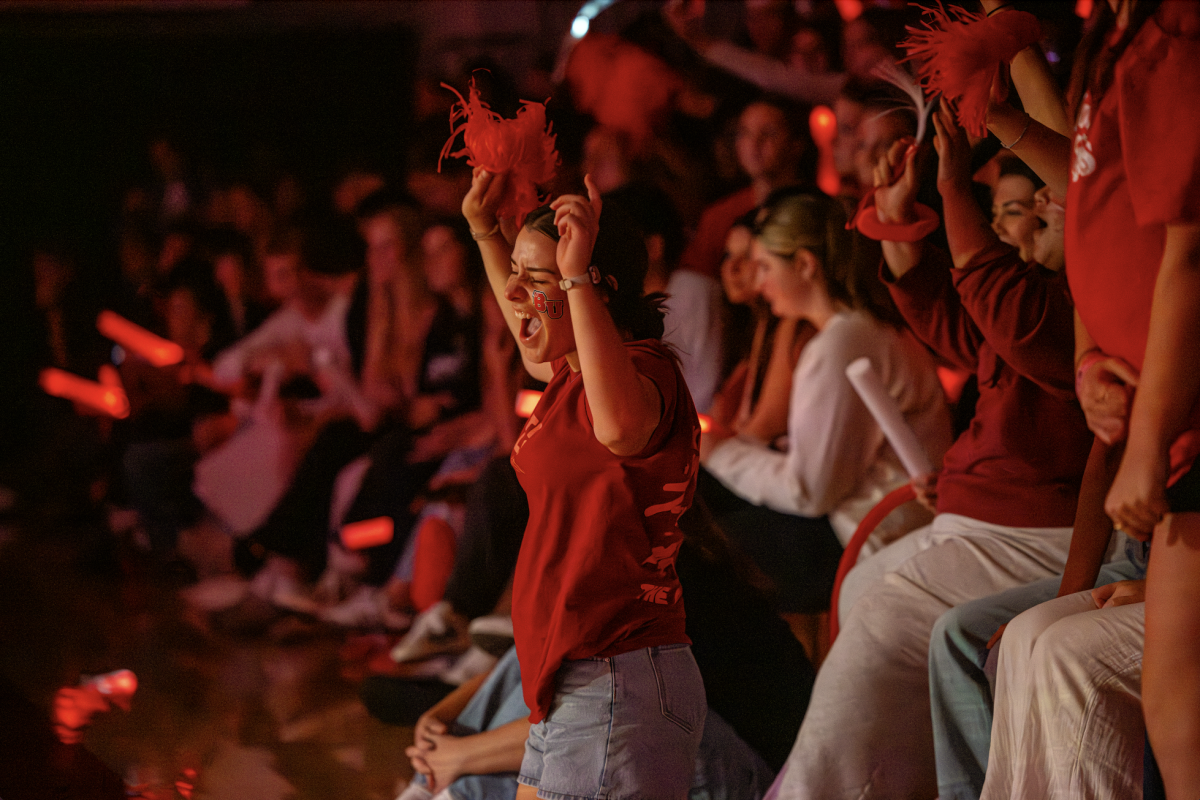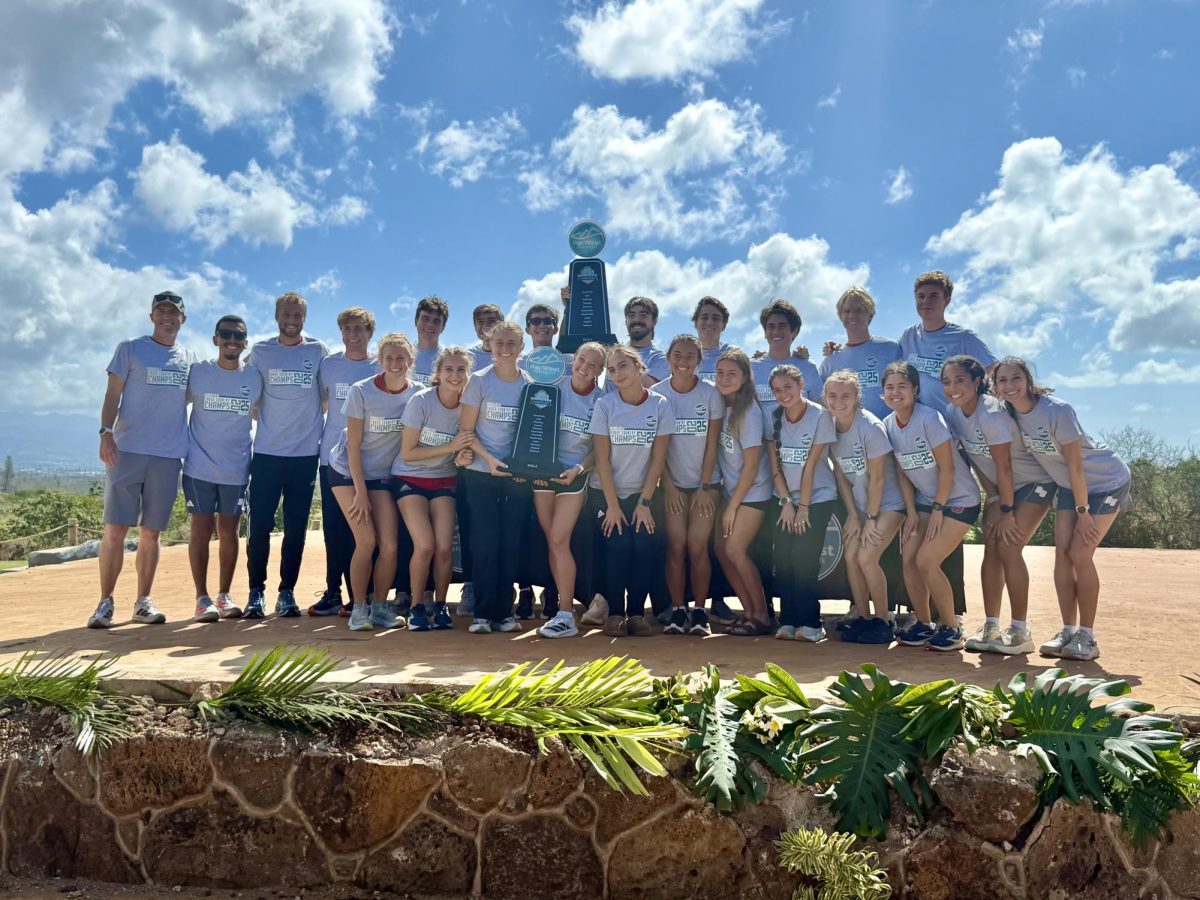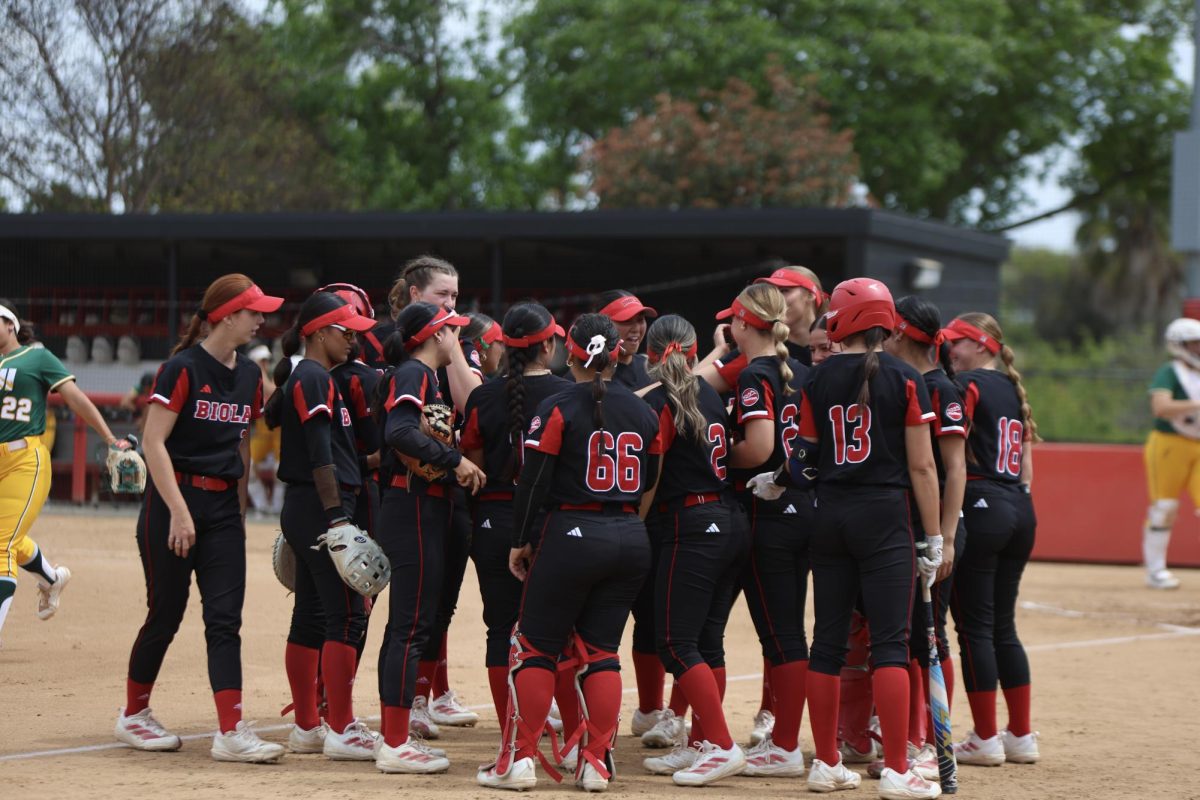Over the summer, Biola ripped out the old Al Barbour Field and track to replace it with fresh turf and new track.
A New Face Lift
Biola University funded Al Barbour’s renovations with leftover bond money to accommodate a budget of $1,454,242. This budget included the cost to waterproof the top deck of the soccer field’s parking structure, a significant portion of the overall project budget. Made available by excess bond money issued for the construction of Parking Structure K, Blackstone Hall and the chiller plant expansion, the track and field replacement projects enjoyed a new face lift.
Artificial tracks and turfs have a lifespan of 10 to 12 years, leaving the previous overdue by two years for a necessary renovation.
Minor Downsides
However, minor immediate downsides of a new field remain prevalent among athletes.
“Having a new field is a little disadvantage because we need to get used to it before the league begins,” said senior men’s soccer player and midfielder Leonardo Contreras.
Despite some concerns that come along with playing on artificial fields which some have pointed to as a cause for lower-extremity injuries, associate athletic director Bethany Miller and the rest of the athletic department have assured the Biola community they do not have concerns with new field.
“There are always risks associated both with natural grass fields and turf fields; however, we have concluded that the benefits of the turf field outweigh the risks and maintenance of the natural fields,” Miller said.
Additionally, there have been recent reports that artificial turf may have harmful carcinogens within the material of similar fields. However, Miller confidently shut down those concerns.
“Our planning team, led and run by our Facilities Department, reviewed the research surrounding safety of infill and links to harmful chemicals and the current research does not demonstrate a connection,” Miller said.
The facilities renovations transcend beyond Al Barbour Field. In addition, Biola added safety-induced adjustments, including higher fencing to the throwing facilities on McNally field and new pole vaulting equipment for our track and field student-athletes, according to Miller.
Forthcoming Improvements
There should be more improvements coming to Biola’s sports facilities before the season starts in spring. Lights will be installed to prevent postponements of softball games, which have been frequent in recent years.
With Biola in transition to NCAA Division II, the changes to athletic facilities across campus could not have better timing. Even with the timely changes, Miller suggests the changes are part of a plan that has been in place long before the transition into NCAA was announced.
Though the changes are a huge step forward for a once small program, track meets still will not be held at Biola. The track’s size does not meet regulation and never will exist in this location due to fire code and the city-approved facility master plans, according to Miller.
Undeterred by the fact track meets will still not be held at Biola, they will host both the GSAC Men’s and Women’s Soccer Championships Nov. 10 and 12, thanks to the added visual allure along with both soccer teams’ success last season.
“Some of the pros is that we get to host the GSAC tournament here again because of the new field,” said Contreras.



